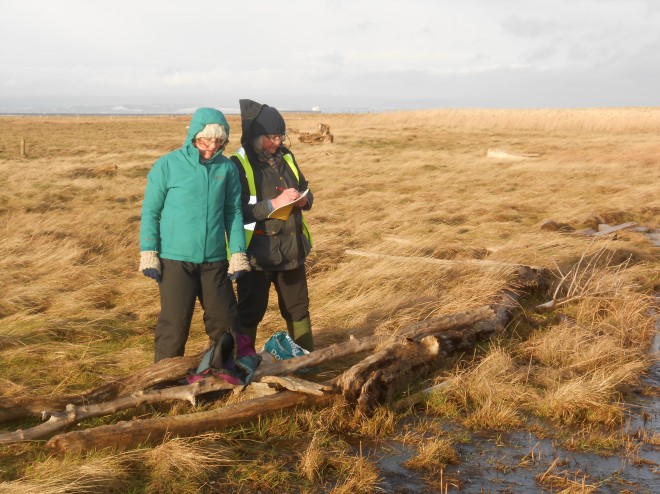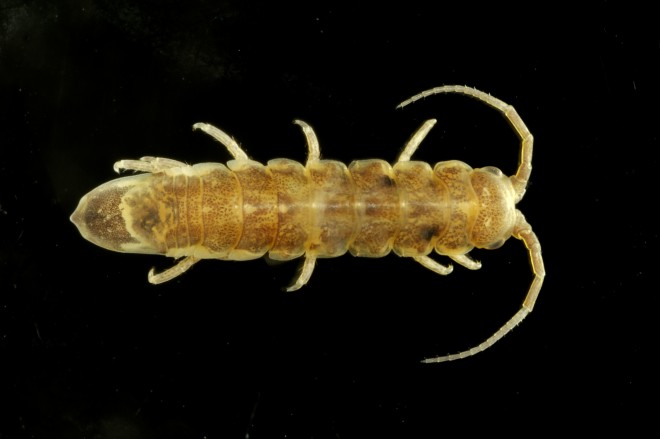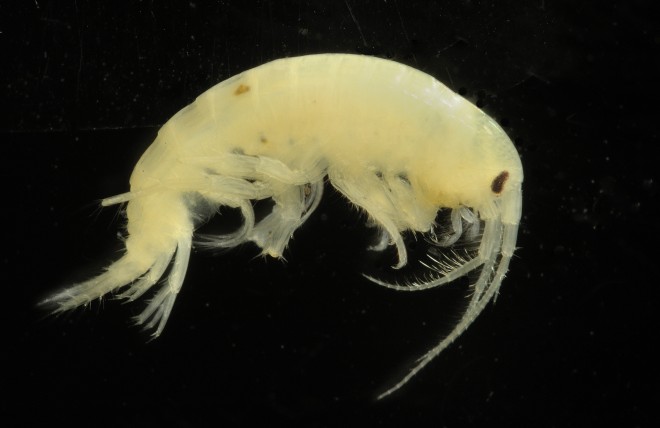On a freezing day in January the Invertebrate Biology section arranged to meet the East Lothian ranger at Aberlady Bay. The wind was so powerful it was difficult to open the car door and stand up to change into our waterproof clothing. So why were we there in the first place we asked ourselves?

Recently we have been working on Saline Lagoons in the Outer Hebrides and found many interesting new records of specialist invertebrates associated with this type of habitat. This kind of living environment is neither fresh nor marine and has quite a large salinity range which may vary year to year or even month to month. The animals and plants which live there are unusual because they are able to adapt to a wide range of salinities.


Being based in Edinburgh, the Outer Hebrides is a long way to go to look for these unique animals. We know that Aberlady Bay has many brackish pools and wondered what salinity records had been observed there in the past. We couldn’t find any records so decided to check ourselves. The ranger was very helpful and offered to show us a pool that they had dammed over winter for wading birds. We had to break the surface ice before we could take any readings which indicated the water was fresh and actually didn’t contain any salt. This was confirmed by the refractometer readings. We also took some mud samples to look for invertebrates but they were more sensible than us and had found somewhere warmer to spend the day. When the sea and air temperature increases we plan to visit again and look for our beloved invertebrates and record our findings.
